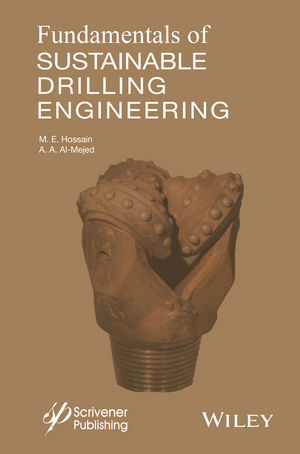Scientists drilled more than 1.5 miles below ice sheet.
After years of concentrated effort, scientists from the
North Greenland Eemian Ice Drilling (NEEM) project recently hit bedrock more
than 8,300 feet below the surface of the Greenland
ice sheet. The project has yielded ice core samples that may offer valuable
insights into how the world can change during periods of abrupt warming.
Led by Denmark and the United States, and comprised of
scientists from 14 countries, the NEEM team has been working to get at the ice
near bedrock level because that ice dates back to the Eemian interglacial
period, about 115,000 years to 130,000 years ago, when temperatures on Earth
were warmer by as much as 5 degrees F than they are today. The Eemian period
ice cores should yield a host of information about conditions on Earth during
that time of abrupt climate change, giving climate scientists valuable data
about future conditions as our own climate changes.
"Scientists from 14 countries have come together in a
common effort to provide the science our leaders and policy makers need to plan
for our collective future," says Jim White, director of University of Colorado
at Boulder's Institute of Arctic
and Alpine Research and an internationally known ice core expert. White was the
lead U.S.
investigator on the project, and his work there was supported primarily by the
National Science Foundation's (NSF) Office of Polar Programs. Other U.S. institutions collaborating on the NEEM
effort include Oregon State University,
Penn State,
the University of California-San Diego, and Dartmouth College.
Greenland is covered by an
ice sheet thousands of feet thick that built up over millennia as layers of
snow and ice formed. The layers contain information about atmospheric
conditions that existed when they were originally formed, including how warm
and moist the air was, and the concentrations of various greenhouse gases.
While three previous Greenland ice cores drilled in the past 20 years covered
the last ice age and the period of warming to the present, the deeper ice
layers, representing the warm Eemian and the period of transition to the ice
age were compressed and folded, making them difficult to interpret, says White.
After radar measurements taken through the ice sheet from
above indicated that the Eemian ice layers below the NEEM site were thicker,
more intact and likely contained more accurate and specific information,
researchers began setting up an extensive state-of-the-art research facility
there. Despite being located in one of the most remote and harsh places on
Earth, the NEEM team constructed a large dome, the drilling rig for extracting
3-inch-diameter ice cores, drilling trenches, laboratories and living quarters,
and officially started drilling in June 2009.
According to Simon Stephenson, director of the Arctic
Sciences Division at NSF, the accomplishment at NEEM "is important because
the ability to measure gases and dust trapped in the ice at high resolution is
likely to provide new insight into how the global climate changes naturally,
and will help us constrain climate models used to predict the future."
Stephenson adds that the NEEM ice cores will allow scientists to measure
conditions in the past with more specificity -- down to single years.
"We are delighted that the NEEM project has completed
the drilling through the ice-sheet," Stephenson says. "This has been
a very successful international collaboration."
Bedrock Is a Milestone in Climate Research
Looking for a reprint of this article?
From high-res PDFs to custom plaques, order your copy today!







